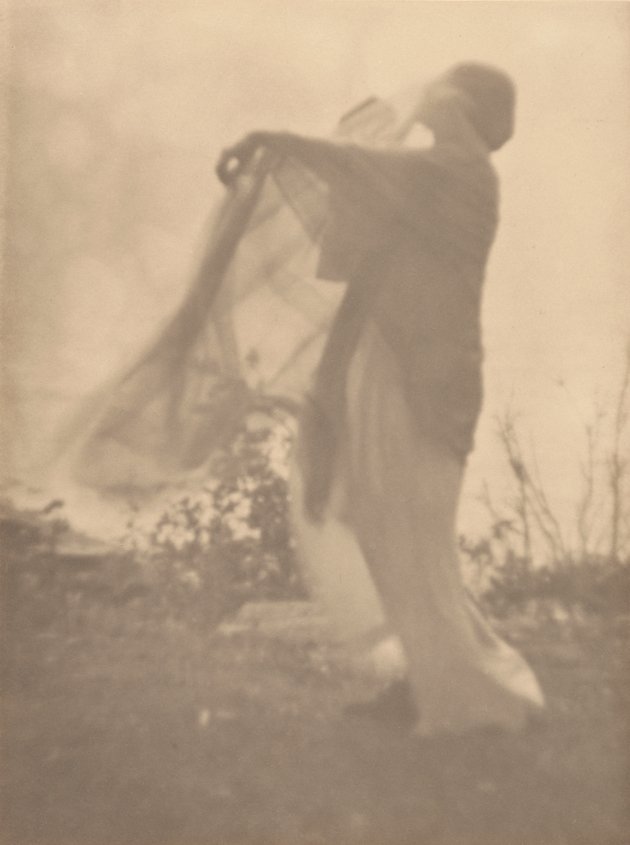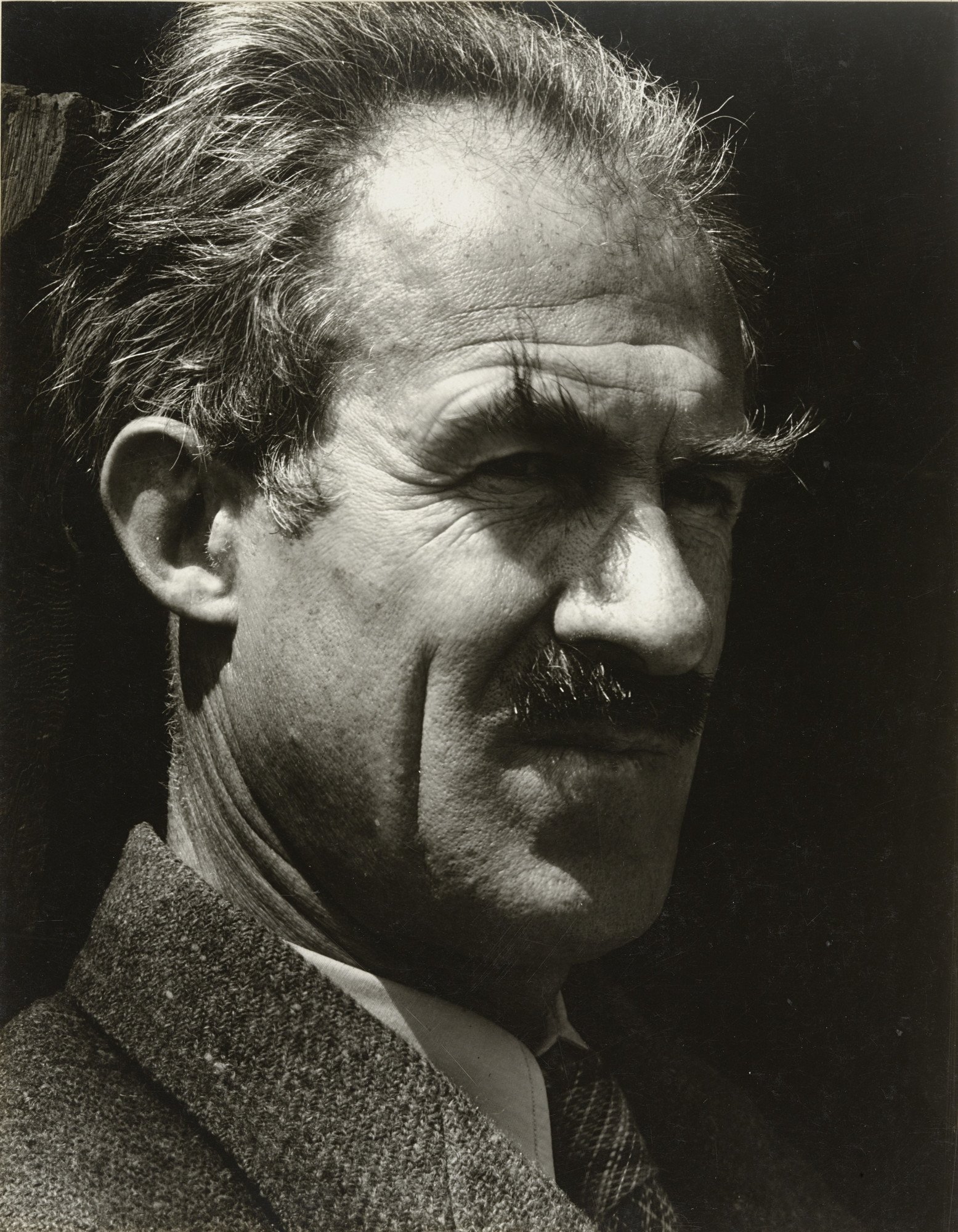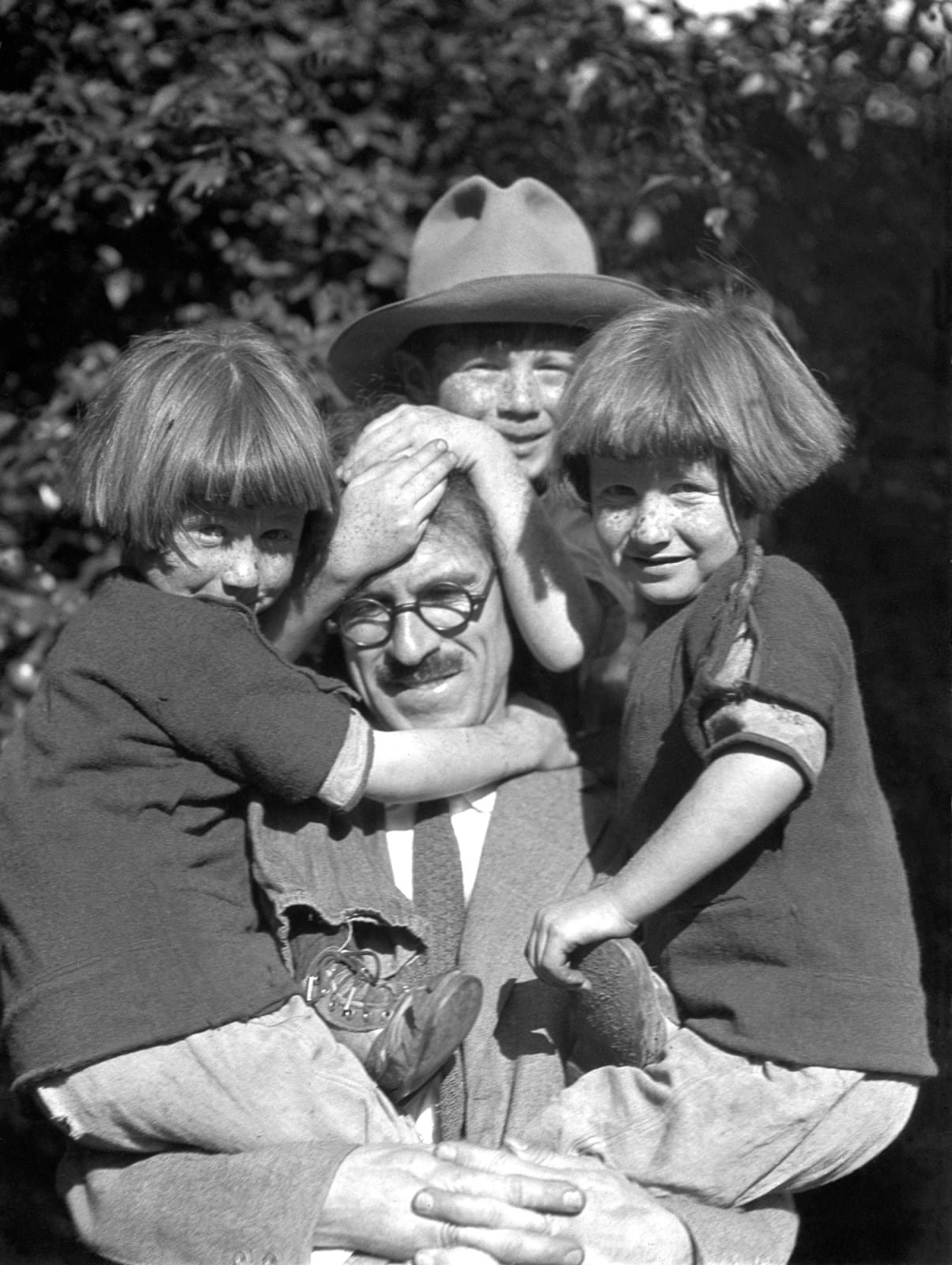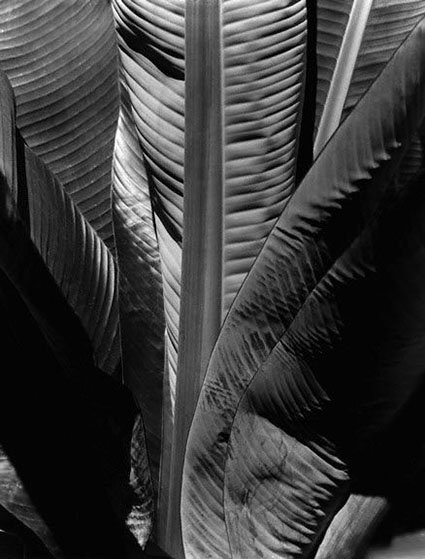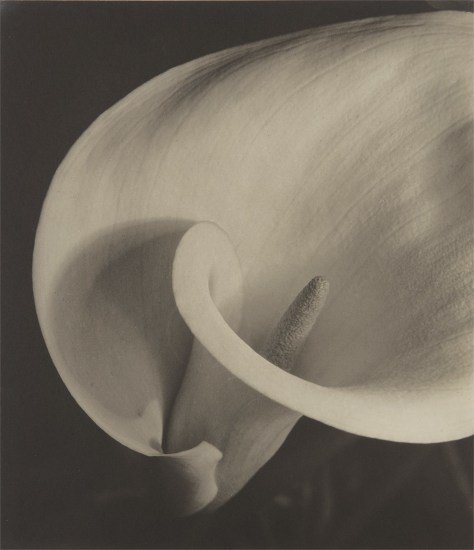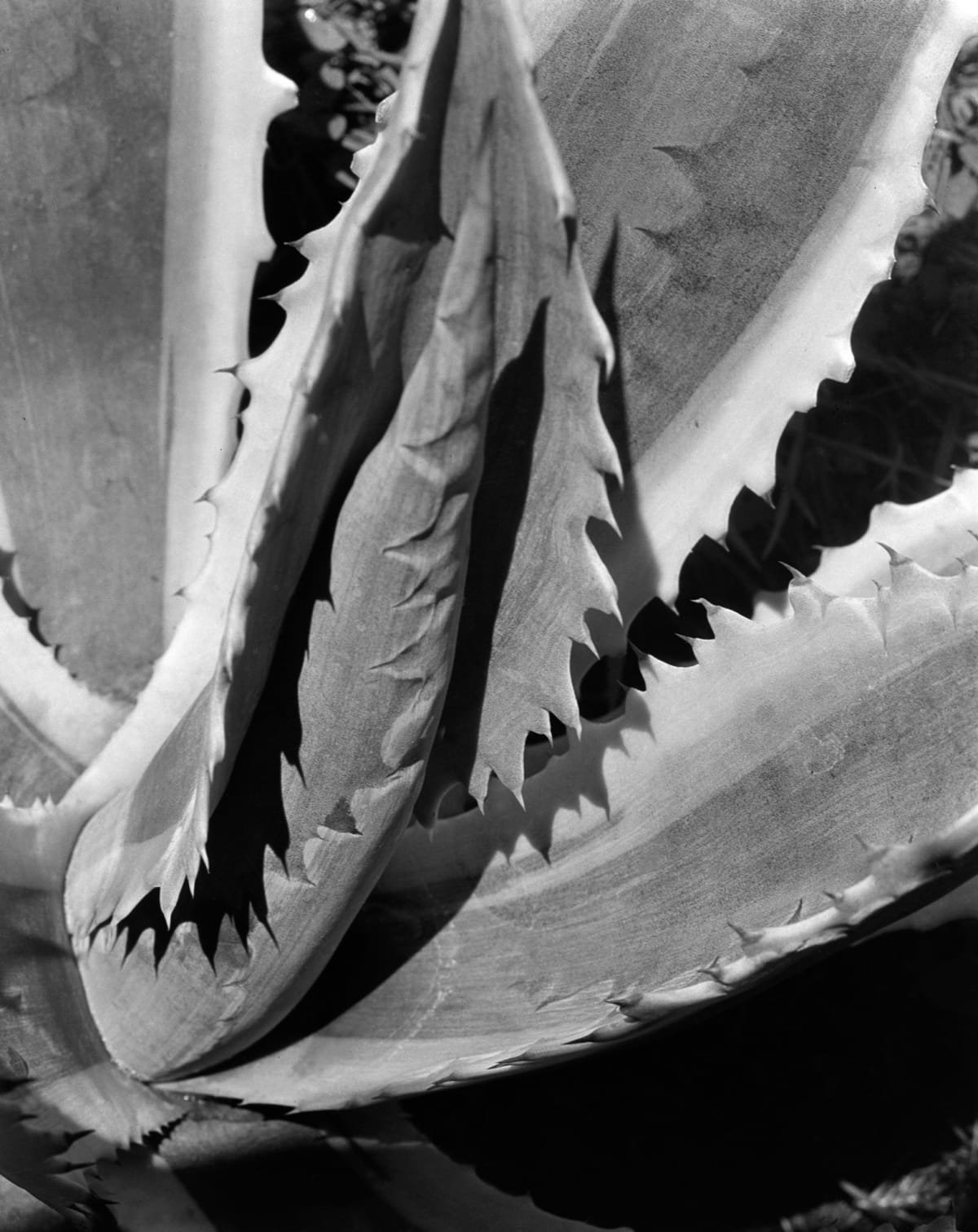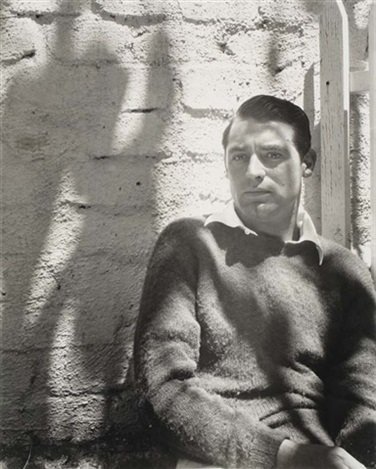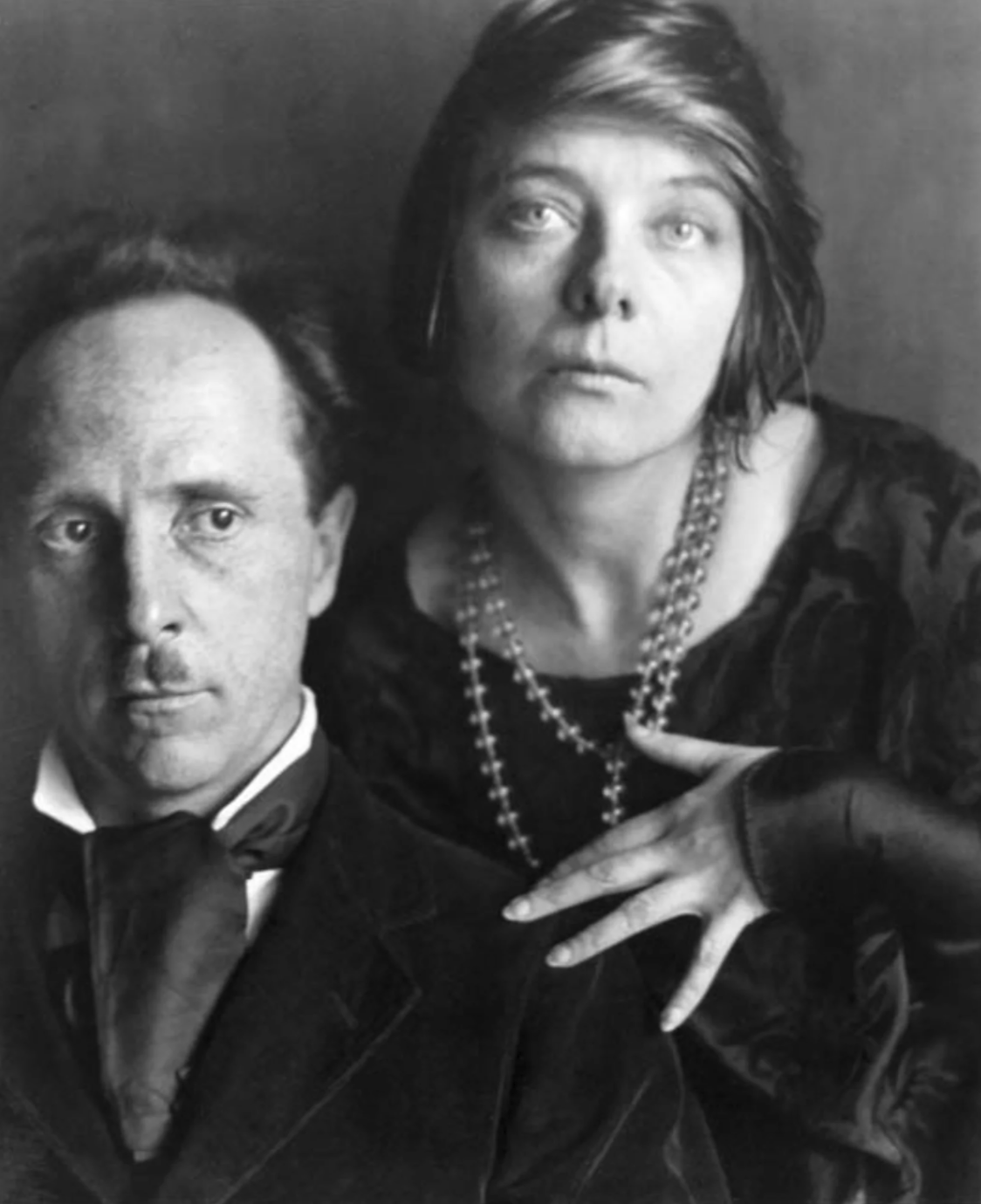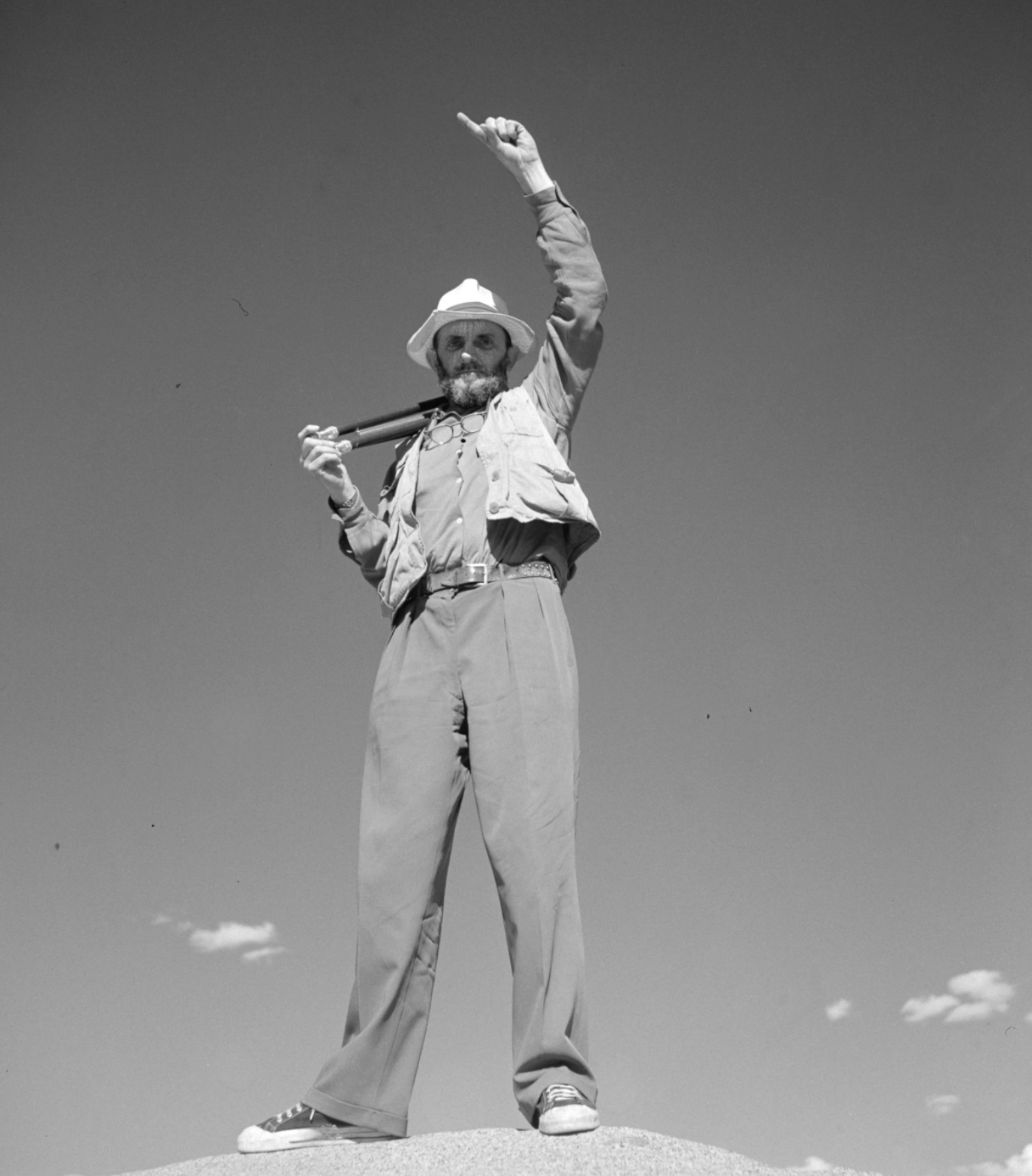Hey you!
Welcome back to Photo History 101! Last time we talked about a photographer who was really near and dear to my heart, I truly hope that you feel like you know me a bit better after reading a bit about Gleb, the photographer who inspires me the most. This time we are smack dab in the middle of Women’s History Month, so who better to talk about than female photographer Imogen Cunningham.
I had the pleasure of attending the opening for Cunningham’s latest exhibition “Imogen Cunningham: A Retrospective” at the Getty Center, here in Los Angeles on March 7th. The exhibit had a private opening and opened to the public on March 8th, aka International Women’s day! It was one of the first large events hosted at the Getty since the pandemic began, and everyone brought such incredible energy. Along with some biographical information, I will also be discussing some of Cunningham’s work that really spoke to me as an artist.
Imogen Cunningham (1883-1976) was an American photographer known for her botanical photography, nudes, and industrial landscapes. She walked along side some of the greatest western photographers as a member of the California based group f/64. f/64 was a group founded by 7 photographers who shared a common photographic style and included members such as iconic landscape photographer Ansel Adams and surrealist Edward Weston.
Cunningham began her 70 year long career as a Seattle high school student, she dual enrolled in photography classes through the American School of Art and Photography. In college she later studied chemistry because a professor told her it would be a good basis for photography. She graduated in 1907 from the University of Washington, her final thesis was titled "The Scientific Development of Photography," which examined the work of a local photographer, Edward Curtis. She worked for his studio from 1907-1909 and learned platinum printing during her time there.
Imogen opened a studio in Seattle in 1910 and created portraits in that space for 5 years before meeting her husband Roi Partridge. He was also an artist, an etcher, photographer and printmaker in fact. They had 3 children and adjoining studios (HOW ROMANTIC!!!) In 1917, Imogen, Roi, and the children moved to San Francisco and with the shift in location, and Roi’s etching expeditions, she turned towards dedicating time to raising her children. While dedicating her time to raising and caring for her children she turned to her garden for solace, and thus her botanicals were born.
Imogen was known for her extraordinary portraits. She photographed actors, painters, other photographers, and friends. Some of her subjects include Cary Grant, Frida Kahlo, Edward Weston, Ansel Adams, Man Ray, Dorthea Lang and many more. When asked to describe the requirements for a successful portrait photographer, Cunningham replied, “You must be able to gain an understanding at short notice and at close range of the beauties of character, intellect, and spirit, so you can draw out the best qualities and make them show in the face of the sitter.”
One thing I love about Cunningham as a photographer is the value she found in photographing her mentors and peers. She clearly deeply valued community. You can see the complex relationships she had to these people she photographed, especially when they were people she looked up to or that held value in her life.
My favorite of her portraits combines two of the features I love about her work. The first feature being that it is a photo of someone she looked up to. The second is her darkroom printing ability. She was a beast in the darkroom, and this piece is a clear example of what I mean by that. The portrait is of Man Ray, and it is titled “A Man Ray Version of Man Ray.” She created it by “moving the image around in the enlarger as many as eight times to create that cinematic effect” according to her granddaughter, Meg Partridge.
A Man Ray Version of Man Ray, 1961
In 1934, she explored documentary street photography in New York. She called these photos “stolen pictures” as they were all taken while she attempted to hide herself and her camera from her subjects view. Her interest in street photography renewed in 1946 when she was teaching at the California School of Fine Art (now the San Francisco Art Institute) in San Francisco. Her “stolen pictures” were meant to capture people as they are versus how they look when they know they are being photographed.
Alone, circa 1950
Double Image, Sutter St. and Fillmore, about 1947
The final images from her retrospective that I want to highlight are her incredible nudes. Her most famous being “Triangles” 1928.
Triangles, 1928.
Her nudes really do examine women through the female gaze. They are soft, they are natural, they are unfiltered. There is an ethereal element to all her nude work that really sets the tone for so much of the work I see from artists’s of today. Cunningham captured timeless images that have influenced the masses when it came to form study in photography.
When I saw Imogen’s nude photographs it reminded me of photos that I took for a series I will soon be releasing called Birthday Suit. The series is also a form study of women in their most natural state (more details to come soon). I had never seen Cunningham’s work prior to conceptualizing and photographing my series in 2019. I was really inspired and reinvigorated to visit those images again after seeing her images at the Getty.
Thank you all so much for coming by to read about Imogen and if you just scrolled down to the end TLDR: Imogen is an incredible photographer who never let herself “niche down” as they say. She had a 70 year long career where she got to explore every and all aspects of photography she was interested in. If youve been struggling to find your niche… maybe don’t? Maybe you should just do what calls you, because the greatest art is the art you create when you really love what you’re creating. If you would like to know more about Imogen or have an interest in purchasing her book Imogen Cunningham: A Retrospective, be sure to check out the Getty website!
I am so grateful for all the support when it comes to reading and sharing this blog. My main goal is to create a resource for new and old photographers to learn, discuss, and build community. Until next time friends!


